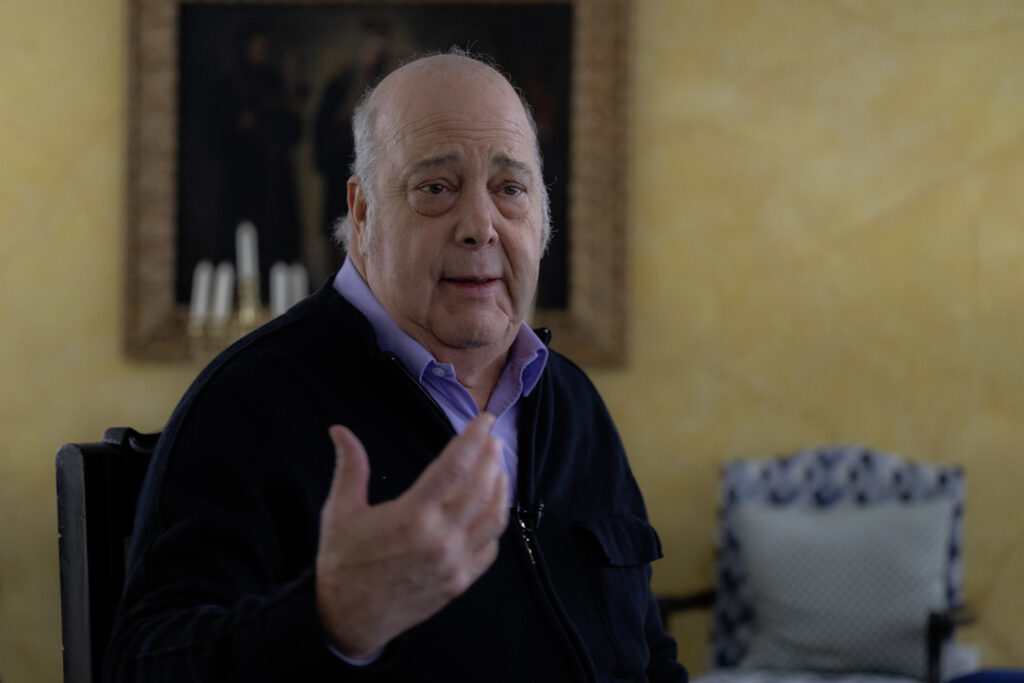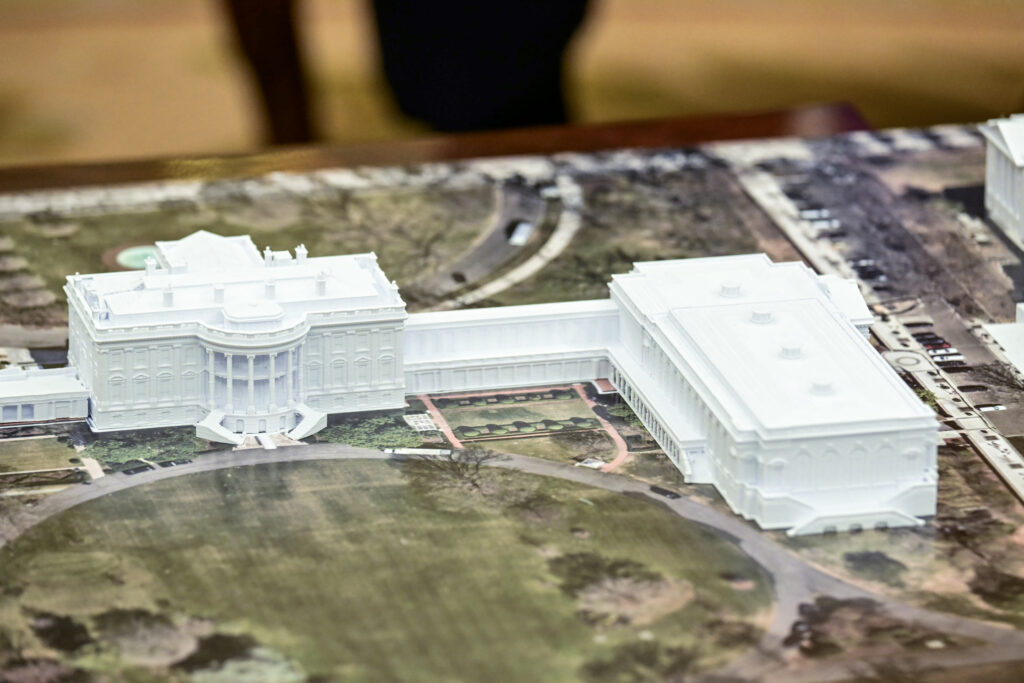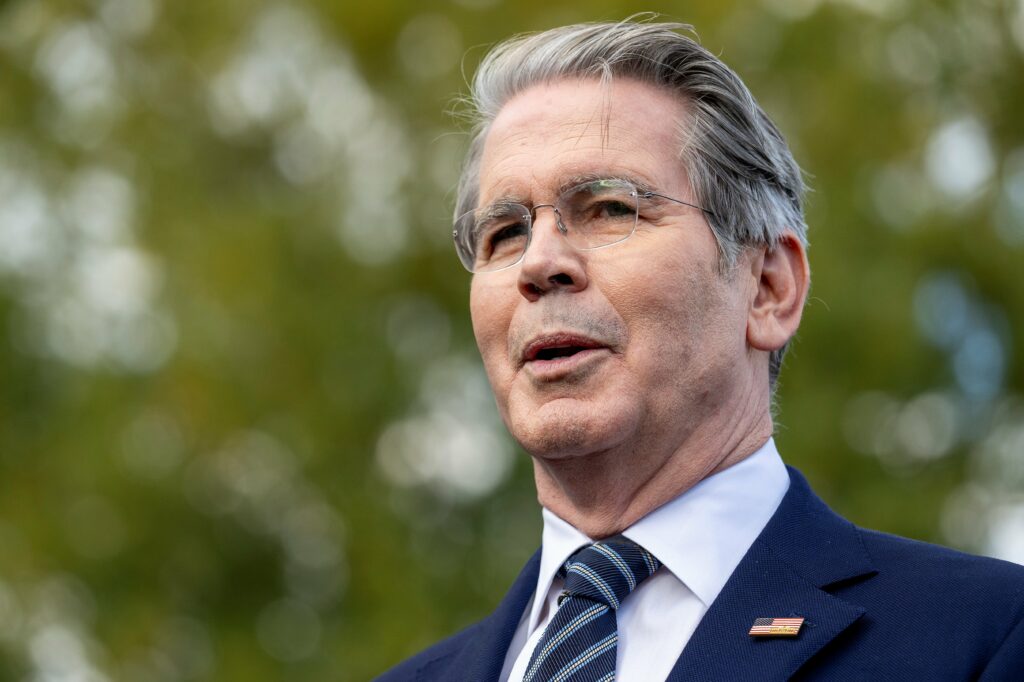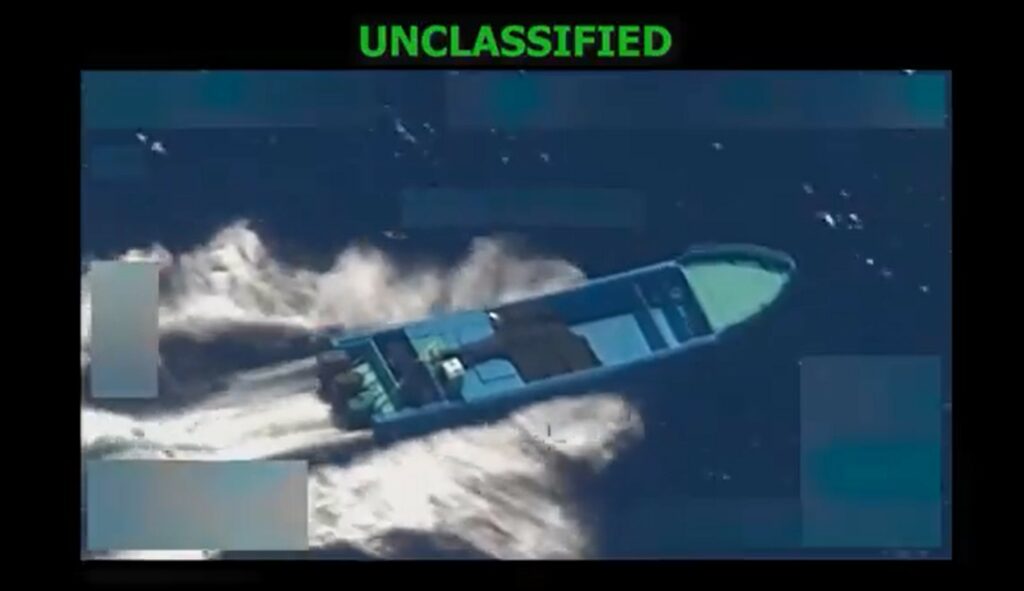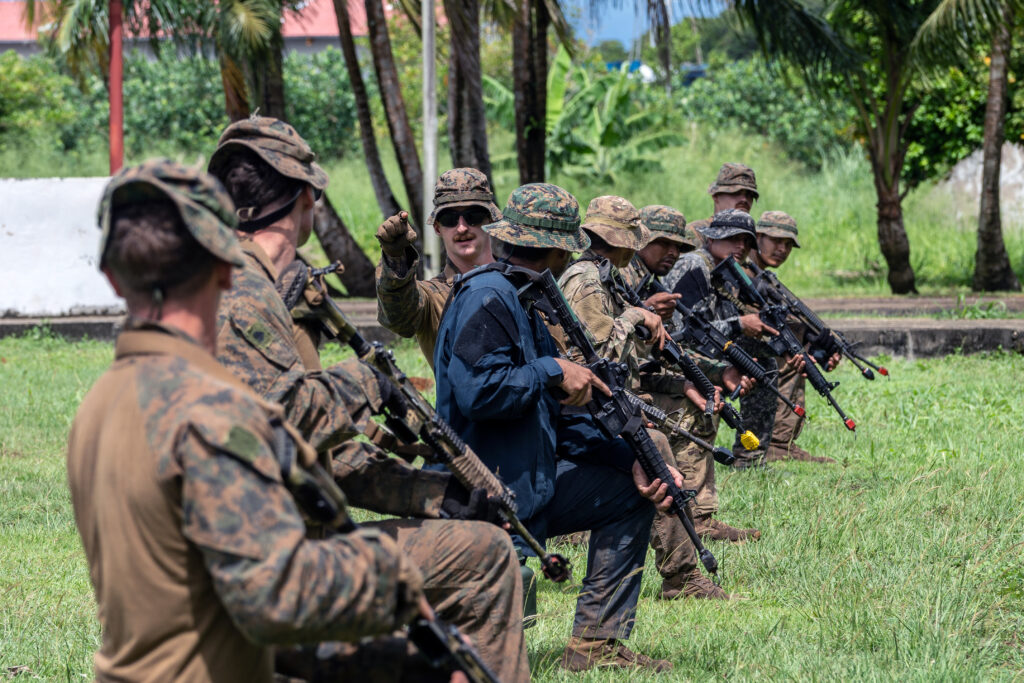Standing in the middle of a parking lot in suburban Washington, surrounded by hundreds of federal employees waiting for food handouts amid the US government shutdown, Diane Miller summed it up simply. “How am I gonna eat?” the 74-year-old public servant asked bitterly.When her turn came, she showed her government employee card and received two boxes, one with fresh fruits and vegetables, the other with shelf-stable goods. Every bit of it is necessary since her paycheck went to zero.The vast majority of federal employees have been furloughed since October 1 and are going without income because a budget impasse between Republicans and Democrats has forced a shutdown of the government.Overall, more than 600,000 federal workers have been affected by the shutdown, according to media reports.”I need to put food on my table, too, even if it’s going to make me fat,” Miller said with a laugh, but her eyes shone with anger.”I deserve to be in line, getting whatever benefits I can get.”Federal employees all over the country are turning to food banks and charities for a lifeline. On Wednesday in Washington, over 310 boxes packed with $75 worth of groceries were distributed in less than an hour. “You have people that two weeks ago had a steady paycheck and had nice, normal lives, and suddenly the rug is pulled out from under you, and you find yourself in a food line,” said Dave Silbert, head of So What Else, the food bank co-organizing the distribution.Miller has worked in federal and local government for more than 50 years.”No one deserves to be treated the way that we’re being treated right now — and to watch them tear down the people’s house and to build some fancy ballroom when that money could be taking care of Americans,” she said, referring to the $250-million White House renovation that broke ground this week.”We should be a proud country right now. I’m sad to be an American.”- Ups and downs -Waiting in line, Adrian, a tax law expert who has worked in public service for 33 years, vents painful frustrations.”We can barely make a mortgage payment, but we have other bills to pay, utilities, cell phones, like everything. It’s a domino effect,” said Adrian, who declined to disclose her last name for fear of reprisals.”All of those congressmen, senators, they’re getting paid. We’re not,” she added. “So they should not have a paycheck. If we don’t have a paycheck, they should feel what we’re feeling.”Adrian points to how federal workers were vilified under President Donald Trump’s policies, which included sweeping job cuts carried out through Elon Musk’s Department of Government Efficiency (DOGE).”We’re just doing our jobs, which is part of the federal government, and all of a sudden we became the enemy of the state,” she said.The budget paralysis has lasted for 22 days, already the second-longest shutdown in the country’s history. The political gridlock worries Amber, a mother of two children and human resources worker for the US Army. “I’m actually in the middle of a divorce as well, so I already had to take out a $20,000 loan just to afford housing. So now with no paycheck, I’m really struggling, so that’s why I’m here today to get food.”As the federal shutdown wears on, affected employees can’t help but look ahead — to colder winter months and the holidays.”How do you think people feel? They’re struggling. And it’s not just one group of people, it’s everybody,” Miller said. With a strained smile, as a Black woman who says she has dedicated her life to civil rights, Miller blames Trump for the country’s current condition.”They need to get that man out of here, period.”




